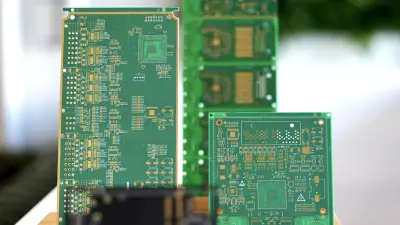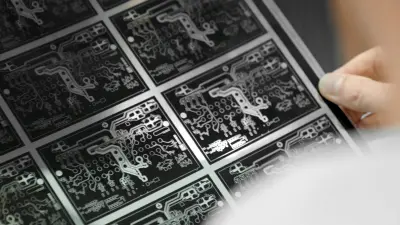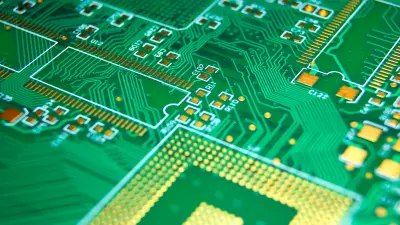Solder mask color and appearance: how it influences PCB costs and performance
Discover how the color and appearance of solder masks can significantly impact the cost and quality of your Printed Circuit Boards (PCBs).
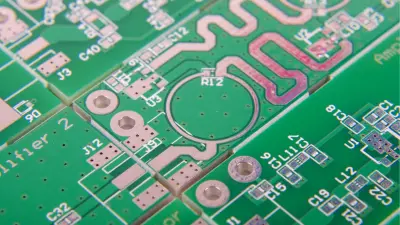
The role of solder mask in PCB manufacturing
Solder masks play a crucial role in PCB manufacturing by providing a protective layer over the copper traces, and surfaces on the board. This layer helps to prevent oxidation, reduce the risk of short circuits, and protect the PCB during the soldering process. It also shields copper from exposure to environmental elements like moisture, dust, chemicals and other pollutants, which could degrade the performance of the printed circuit board and decrease its longevity.
In some cases, the solder mask color is even improving the functionality of the board by extending its appearance into a functional part of the product, for instance decreasing or increasing light reflection. In other cases, it is used for aesthetic purposes since the board might be visible to the product user. One of the many other benefits of the solder mask is that it simplifies the assembly process, since the pads which need to be soldered are exposed and free from solder mask.
The solder mask also aids in the visual inspection of the PCB, making it easier to identify defects and ensure quality control.
The solder mask is applied to the PCB in a liquid form and then hardened through a curing process. This layer not only enhances the durability of the PCB but also improves its overall aesthetic appearance. The color and finish of the solder mask can vary, with green being the most used color due to its balance of performance and cost-effectiveness.
Technical specifications of flexible PCBs

- Layer count: Most commonly 1-2 layers, with up to 8 layers possible (though extremely challenging to manufacture)
- Thickness range: from as thin as 0,06 mm up to 1mm in extreme cases, with typical thickness around 0.2mm
- Minimum line width/spacing: can achieve as small as 45 microns
- Temperature resistance: can withstand temperatures from -50°C to +300°C
- Materials: Polyimide base with flexible copper foil, bonded using either adhesive or adhesiveless techniques
Popular solder mask colors and their implications
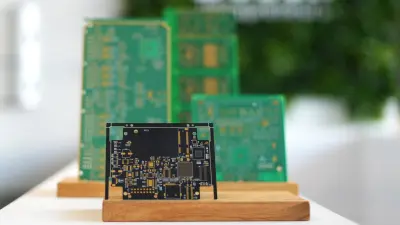
Green is the most popular solder mask color, favored for its excellent contrast and cost efficiency. Its widespread use has made it the industry standard, ensuring reliable performance and availability.
Other commonly used colors include red, blue, white, and black. Red and blue solder masks are often chosen for aesthetic reasons or to differentiate between different PCB revisions. Black solder masks provide a sleek, professional appearance but can be more challenging during visual inspections due to lower contrast with the silkscreen.
White solder masks are used in applications where aesthetics are critical, such as consumer electronics with visible PCBs. However, they can be prone to discoloration and may require more stringent quality control measures.
Choosing the right solder mask for your application

Selecting the right solder mask color depends on the PCB's use, technology, application, environment, aesthetics, and budget. Green is the most cost-effective for high-volume production. Different colors aid differentiation in multi-layer boards, improving assembly and troubleshooting. Environmental factors matter—some colors offer better UV resistance or thermal stability for specific applications.
Future trends in solder mask technology
Solder mask technology is developing at the same rate as printed circuit board technology. One new trend is developing high-performance solder masks that provide enhanced chemical and thermal resistance to meet the demands of sophisticated electronic applications.
Another trend is the growing need for distinctive and visually appealing electronic products, which is driving an increase in solder mask color and finish customization. More intricate and small PCBs may now be produced thanks to advancements in materials and application techniques that enable the fabrication of solder masks with greater precision and finer detail.
Ready to optimize your PCB design for cost and performance?
Contact our experts today to find the perfect solder mask solution for your application – whether you're prioritizing efficiency, aesthetics, or innovation.
